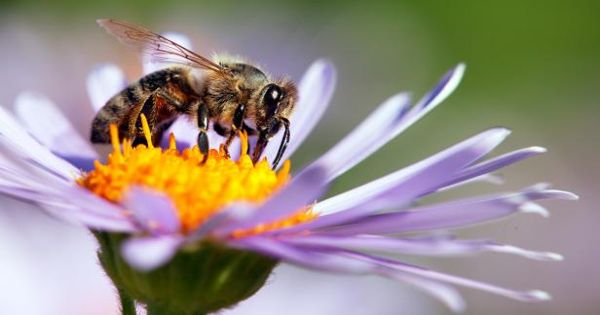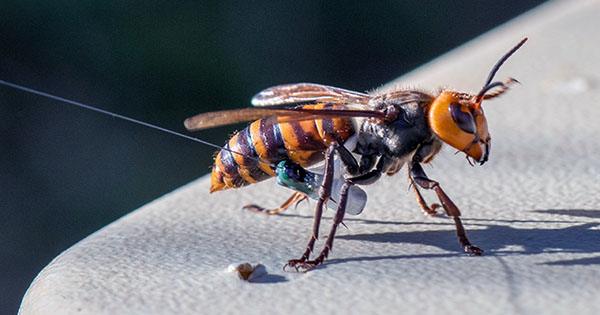Oh – the “Hornet of Murder” is back in town. According to the Washington State Department of Agriculture (WSDA), a living Asian giant hornet has been spotted in the state of Washington for the first time this year. The Asian giant Hornet was photographed in a rural area just before Blaine on August 11, not far from the Canadian border in October last year, 3 kilometers (~ 2 miles) from the home of a huge murderous Hornet.
WSDA bug experts have reviewed the image (below) and confirmed that it showed an Asian giant hornet attacking the home of a paper nephew in anger. Sven Spichiger, the WSDA managing entomologist, said in a statement, “This Hornet is displaying the same behavior we saw last year – attacking the Paper Brothers home.”

Measuring about 5 centimeters (2 inches) in length, the Asian Giant Hornets (Vespa mandarinia) is the largest species of hornet in the world, with a distinctive orange head and shiny striped belly. The species is not native to the United States, as you might guess from its name, but is native to the forests and low mountains of East and Southeast Asia. The Asian giant Hornet was first reported in North America in late 2019 after a group visit to Washington State and British Columbia, Canada.
It is not known how the species came to the continent, but some experts suspect that a small number are stuck in shipping supplies from Asia to North America. Their venom is an average sting, bound by a powerful neurotoxin that can cause a large, throbbing, and painful sting in humans. Multiple bites of angry crowds can sometimes be enough to kill a person, especially if they have allergies.
The species is thought to kill about 30 to 50 people in Japan each year, most of who die from anaphylaxis, sudden heart attack, or multiple organ failure. Most worrying, however, are that they threaten the lives of bees and other native bugs. If a group of murderers enters the hive of bees, they can destroy the entire colony in a matter of hours.
Many bees in Asia have built up their ability to defend their bees from the attacks of giant hornets through a clever defense system: the colony will aggressively beat their wings, warm them like a stove, and repel intruders. However, it is believed that honey bees in North America and Europe have not yet developed any defenses against hyper-invasive species, which puts them at risk.















